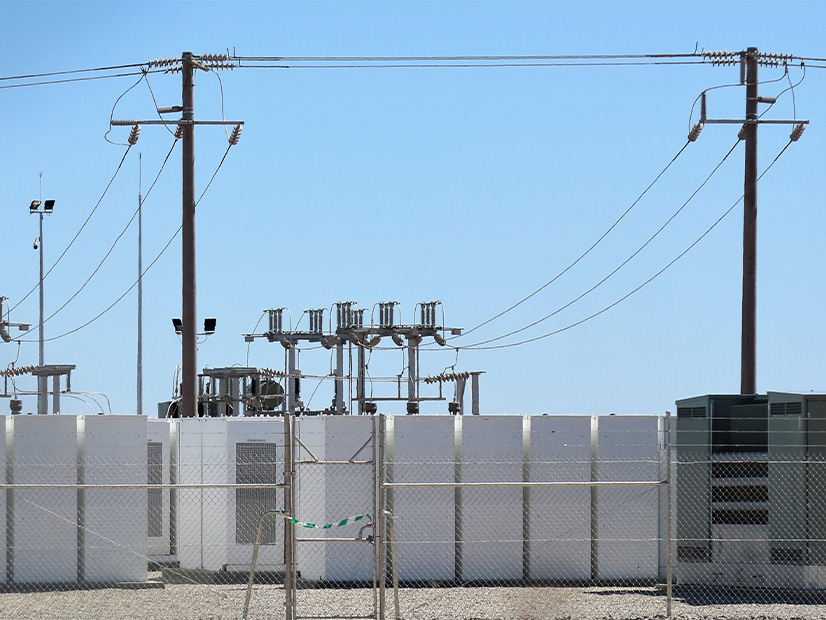
New York is considering a system of credits to help fund what it calls the most ambitious energy storage goal in the nation: 6 GW installed by 2030.
Gov. Kathy Hochul announced the proposed framework in late December; the Public Service Commission is expected to decide on it later this year.
Energy storage is a crucial component of the state’s plan to replace dirty but steady fossil-burning generation with clean but intermittent wind and solar power. About 130 MW of storage was installed statewide as of November, and 1,300 MW was in some stage of development.
The framework developed by the New York State Energy Research and Development Authority and Department of Public Service calls for bringing an additional 4,700 MW of short-duration storage online by 2030, at an estimated cost of $1 billion to $1.7 billion.
The proposed index storage credit would be similar in many ways to the renewable energy certificate structure used across most of NYSERDA’s Clean Energy Standard procurements, with one credit awarded each day for each megawatt-hour available for dispatch.
The credit system would cost residential ratepayers an estimated 34 to 58 cents/month on average for 22 years.
In a news release accompanying the proposal, Hochul said, “Storing clean, renewable energy and delivering it where and when it is needed is one of the most critical challenges we must overcome to reduce statewide emissions, especially from traditional fossil fuel peaker plants. This roadmap will serve as a model for other states to follow by maximizing the use of renewable energy while enabling a reliable and resilient transformation of the power grid.”
The proposed 6-GW framework is, however, only a small step toward the massive storage capacity New York will need in order to keep the lights on, heat running and cars rolling in the decarbonized future envisioned for the state.
Six gigawatts of short-duration energy storage will provide perhaps 2 million of New York’s 7.5 million households with a few hours of power; it is a tool for intraday load balancing, not a replacement power source to maintain resource adequacy during a multiday cold snap.
The framework’s authors acknowledge the need for long-duration storage and suggest large-scale use of hydrogen and 100-hour batteries as a solution. But such technology is highly uncertain at present, the authors write, and it is critical to invest in their development now so they can be field tested before 2030 and deployed at scale after 2030.
State law requires that 70% of New York’s electricity come from renewable sources by 2030 and mandates 100% zero-emission electricity by 2040.



